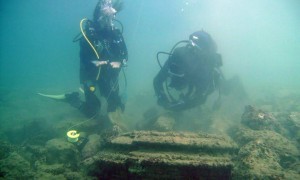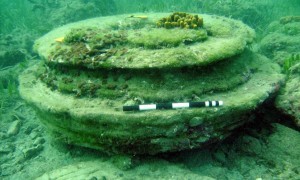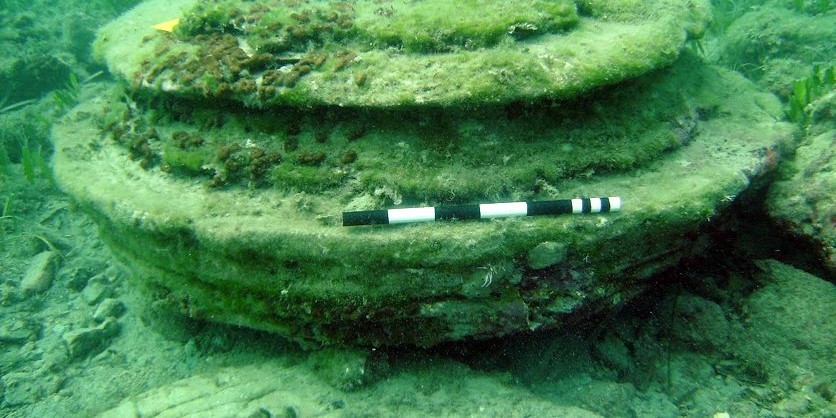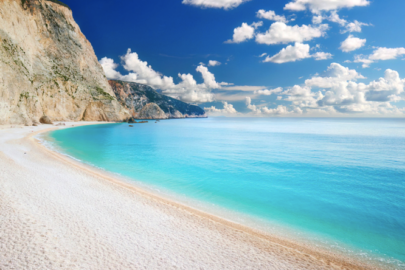New research published in the Marine and Petroleum Geology journal Friday reveals an ancient underwater site discovered on the seabed of the Greek island of Zakynthos that had initially believed to be an ancient underwater lost city, was actually created by a natural geological phenomenon around five million years ago.
Lead author of the research, Professor Julian Andrews, from the University of East Anglia’s School of Environmental Sciences, told CNN: “The suggestion that they were archaeological remains was brought about by tourists who were swimming around and saw these things and thought they were stone work.”
Greek authorities investigated the site, however they found no supporting evidence that this was an ancient city port that was lost to the sea.
“Mysteriously [there was] no other signs of life — such as pottery,” Andrews said.

After the preliminary analysis, Andrews and Professor Michael Stamatakis from the Department of Geology and Geoenvironment at the University of Athens then investigated the mineral content and texture of the underwater formation.
Andrews explained the disk and doughnut structures are typical of mineralization of hydrocarbon seeps — areas of the sea floor where natural gases occur.
“We found that the linear distribution of these doughnut-shaped concretions is likely the result of a sub-surface fault which has not fully ruptured the surface of the sea bed,” he explained.

The research shows the structures are a fossil feature from the Pliocene age, which has since been exhumed by sea currents.
But while the formation process is not unusual, it is rare for the discovery to be in a shallow setting.
“The majority of discoveries have been reported in much deeper water,” Andrews said. “But having said that, very early seep examples were found in the North Sea — which isn’t particularly deep — but it is a little unusual that it’s right on the coast.”
While the “lost city” originally attracted divers, Andrews does not believe the new research will impact tourism.
“They’re quite beautiful things in their own right and people like to look at bizarre structures,” he said.
“They almost act like a reef, so they provide lots of little refuges for fish to live in.”
Source: CNN


































